-
Katydids
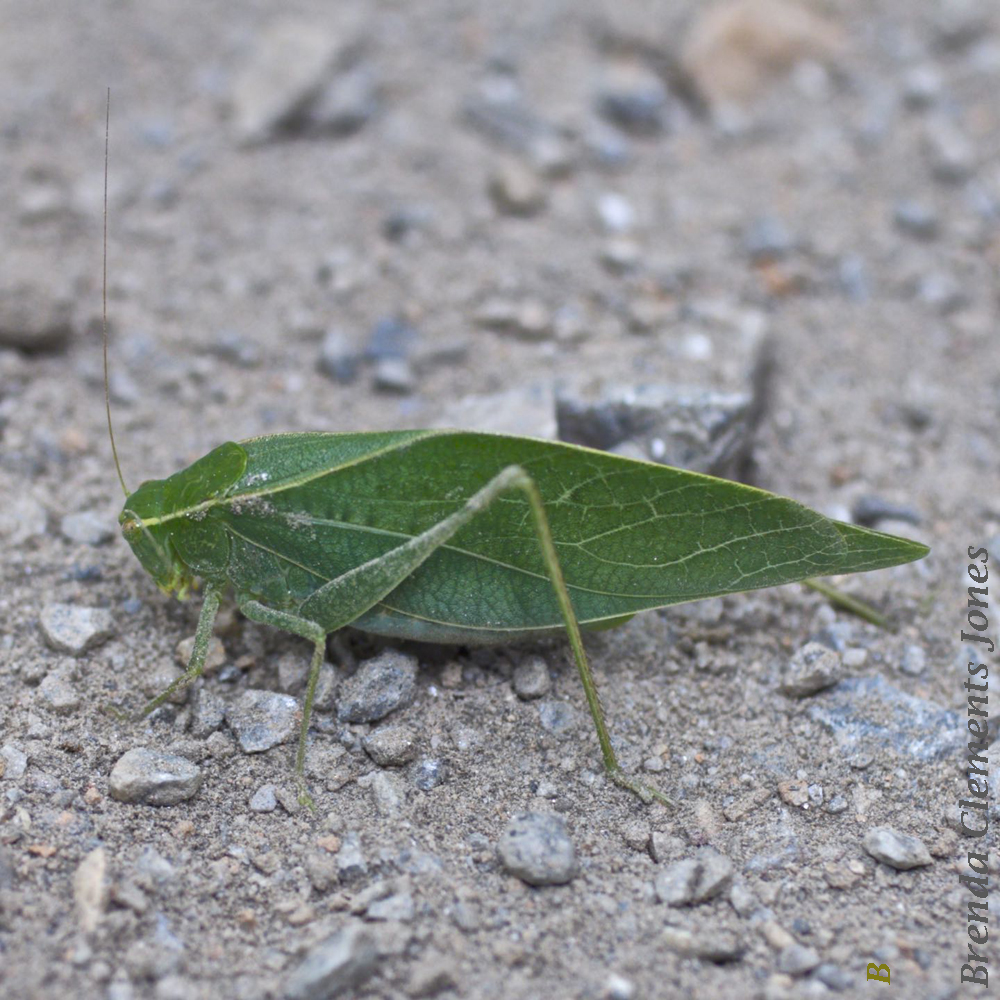
An August night. Open windows. Insects making lovely sounds in the inky darkness. A precious friend of mine told me that when her children were young they believed the night sounds of summer were the stars singing. Those sounds in the night in reality are Katydids (Tettigoniidae). Cool green insects. In North America there are…
-
Ironweed
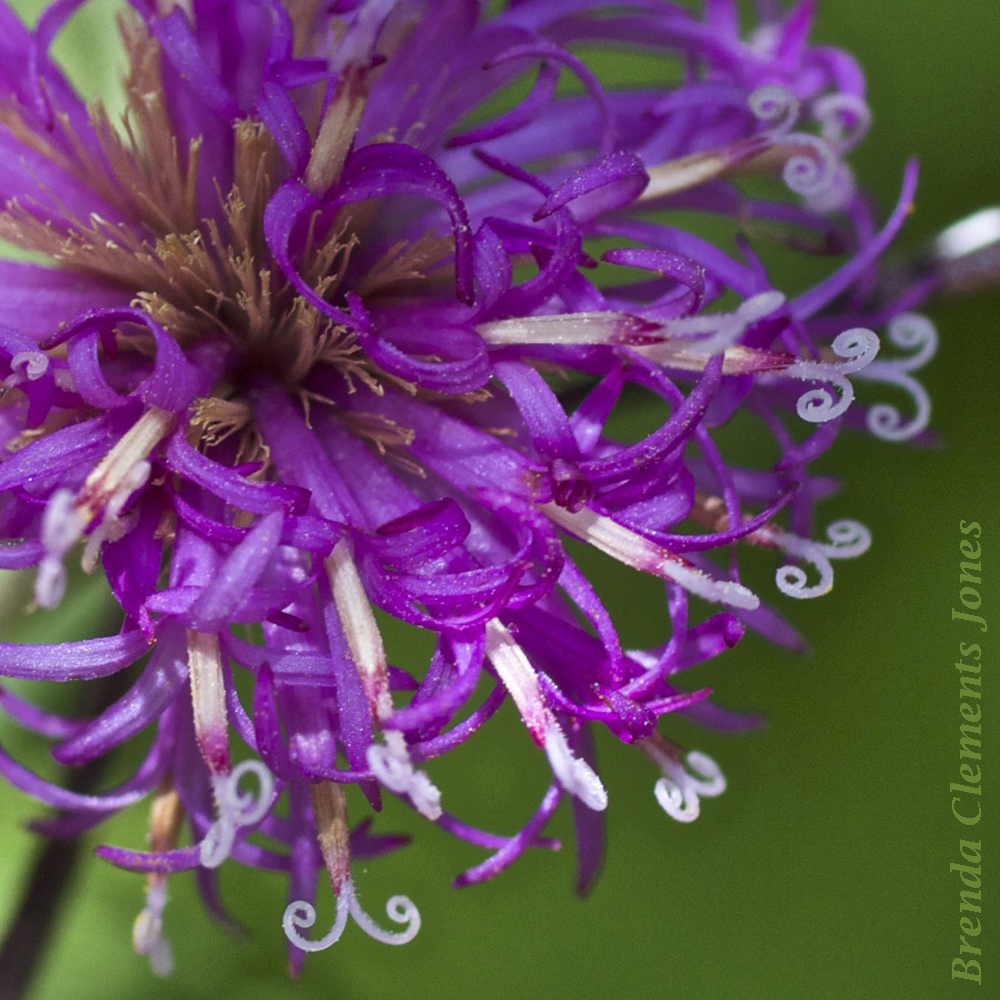
Got a spot in the woods? If you do, I hope you have this plant somewhere close by. An amazing color and a beautiful flower. Ironweed. Quite possibly New York Ironweed (Vernonia noveboracensis), but then again it might be Upland Ironweed (Vernonia glauca), or Tall Ironweed (Vernonia gigantea). These three species all reside in Virginia…
-
Nodding Onion
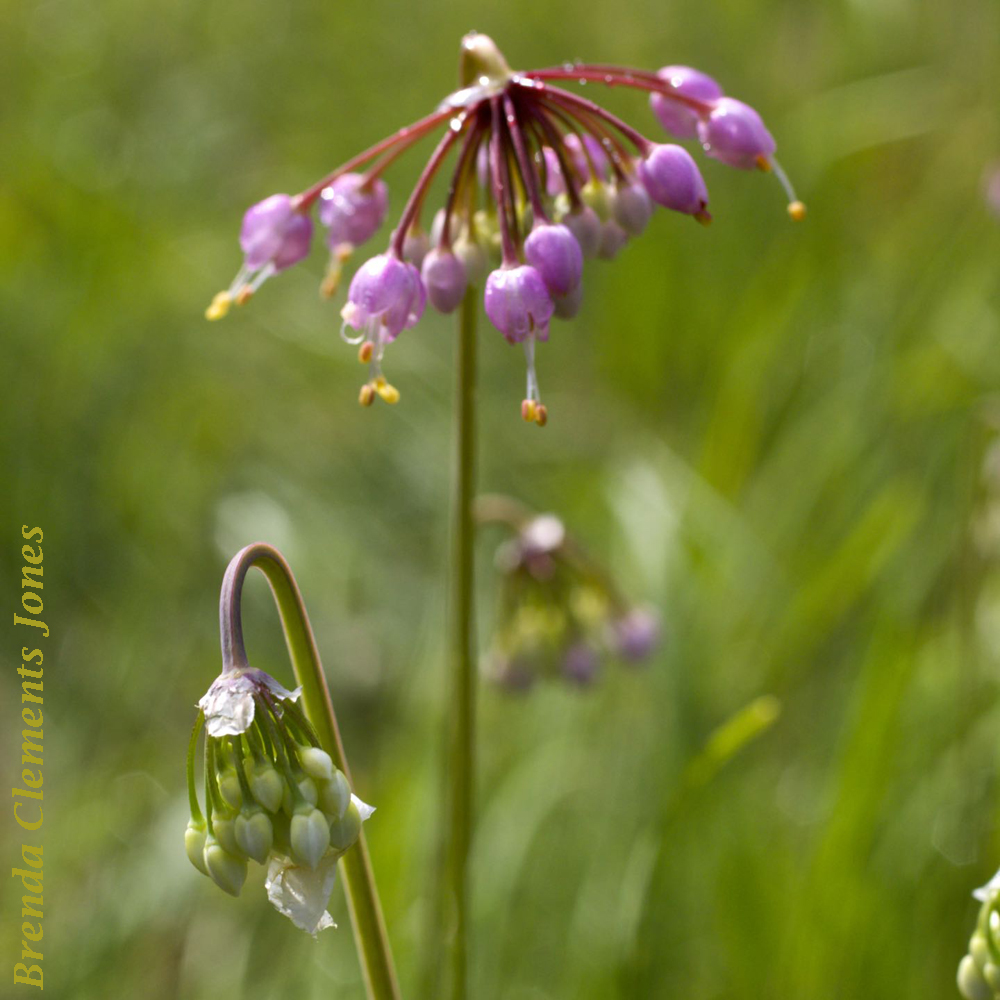
Nodding Onion (Allium cernuum) are abloom right now, surely to the delight of many fairies in the wood. Bees are attracted to the blossoms. But in facing down, the blooms discourage other pollinators which hesitate to hang upside down to feed on the nectar or pollen. Nodding Onion is native to North America. Though a…
-
Red-banded Hairstreak
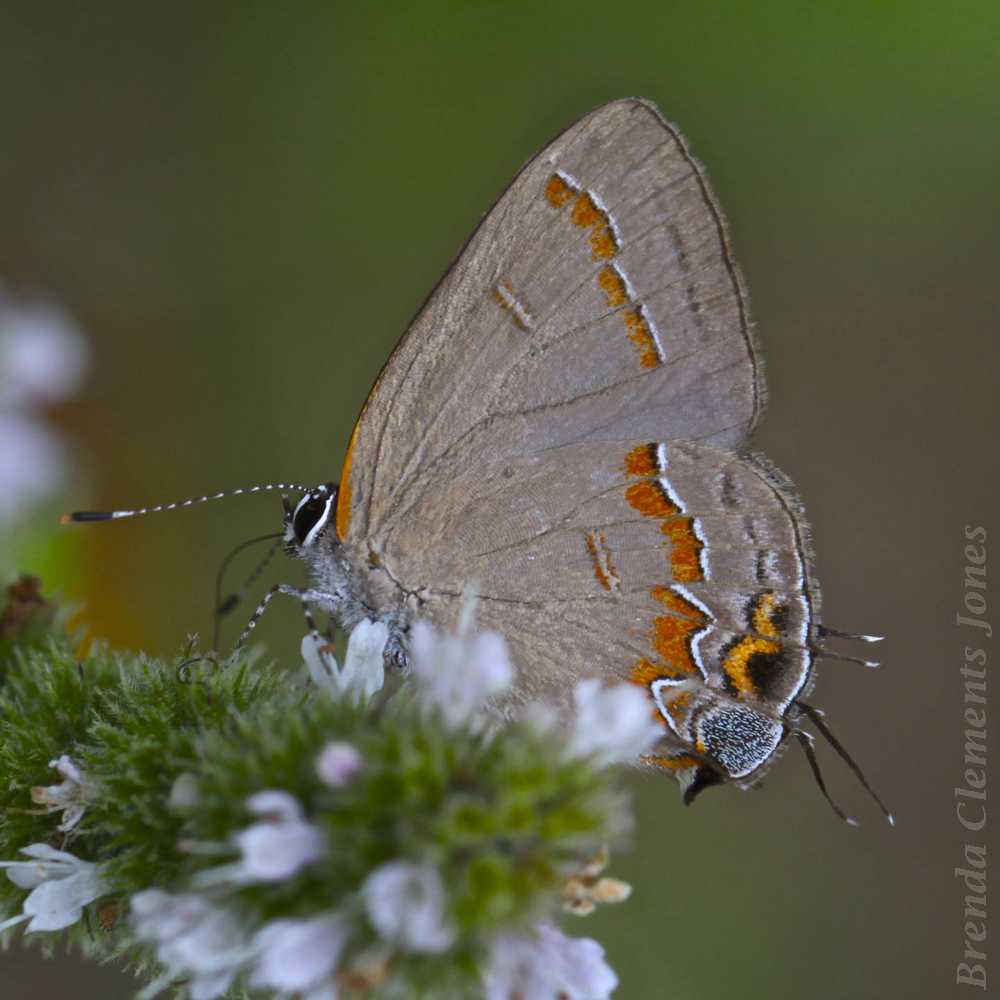
Red-banded Hairstreak (Calycopis cecrops) is native to the southeastern United States. As a caterpillar it has an unusual food source, the fallen leaves of Sumacs, Myrtles, some Oaks and other trees. A mighty teeny butterfly, its wingspan is 1 inch to 1.25 inches, though you’ll seldom see it with its wings open. As a butterfly,…
-
The Dewberry Experiment
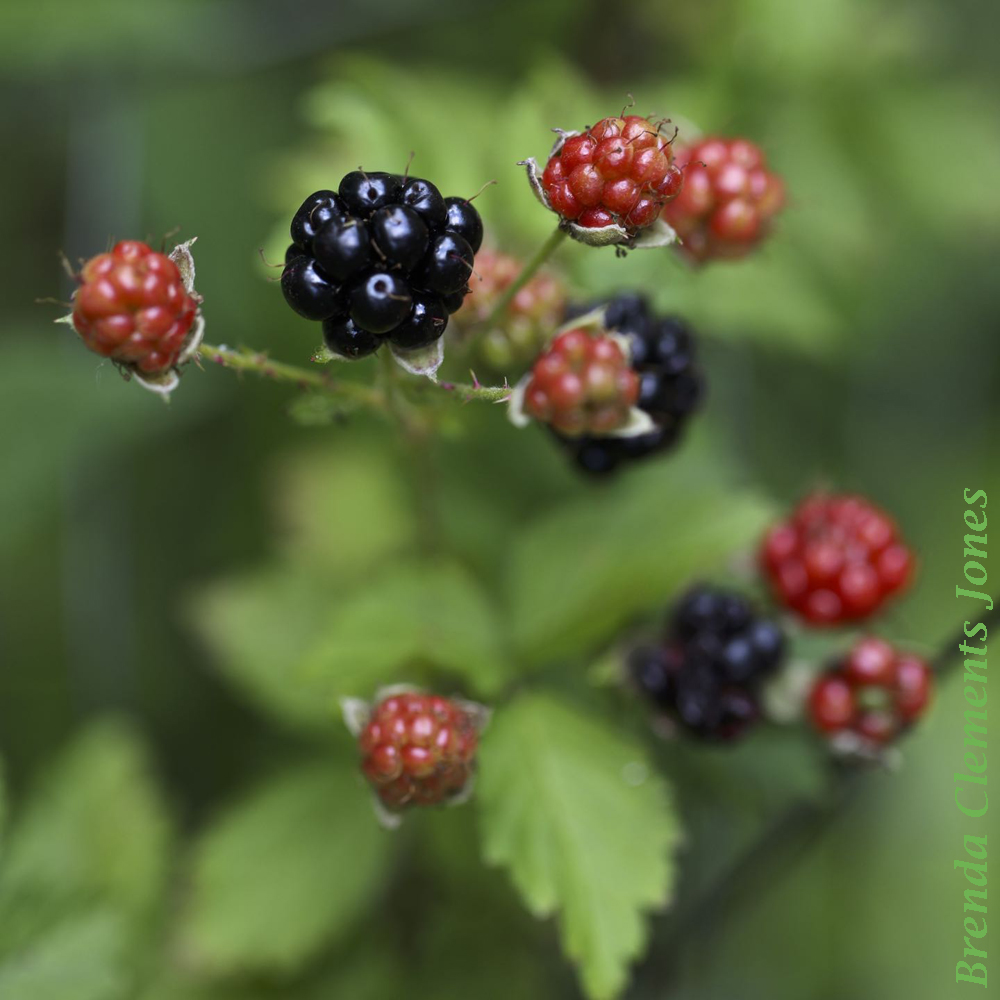
The Dewberry (Rubus invisus) plant is quite insistent. It wants to be where I don’t want it. Somehow it knows such things. But back in May of this year I decided to give it a chance. Give it a spot to demonstrate what its benefits are. This plant loves rocky soil and enjoys shade, even…
-
Winged Sumac
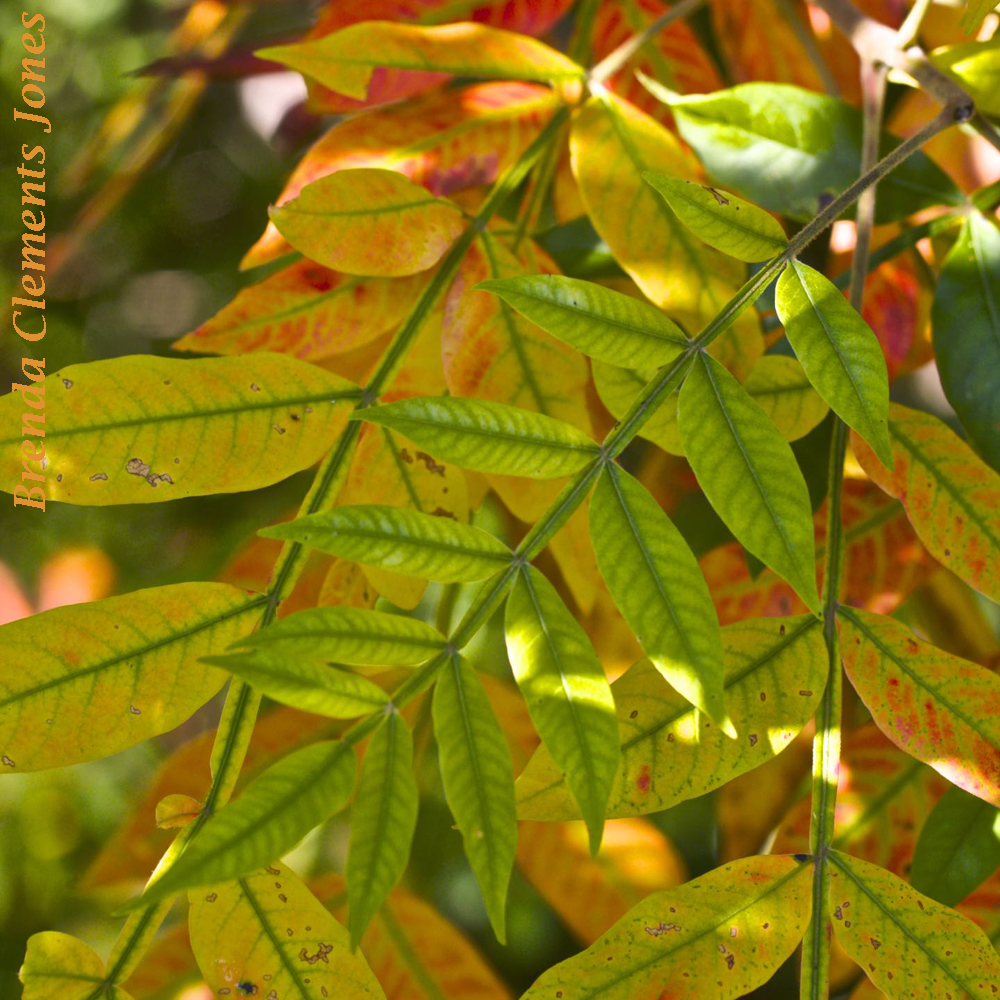
Winged Sumac (Rhus copallinum) making a not so subtle statement. Look out! Here it comes! Brilliant leaves here now. Rich red, warm orange, soft yellow. Fall is on its way. Use your observation skills. The colors are here and there. Look. Take note. Hints throughout the woods. Replacing the various shades of green with the…
-
White-banded Crab Spider
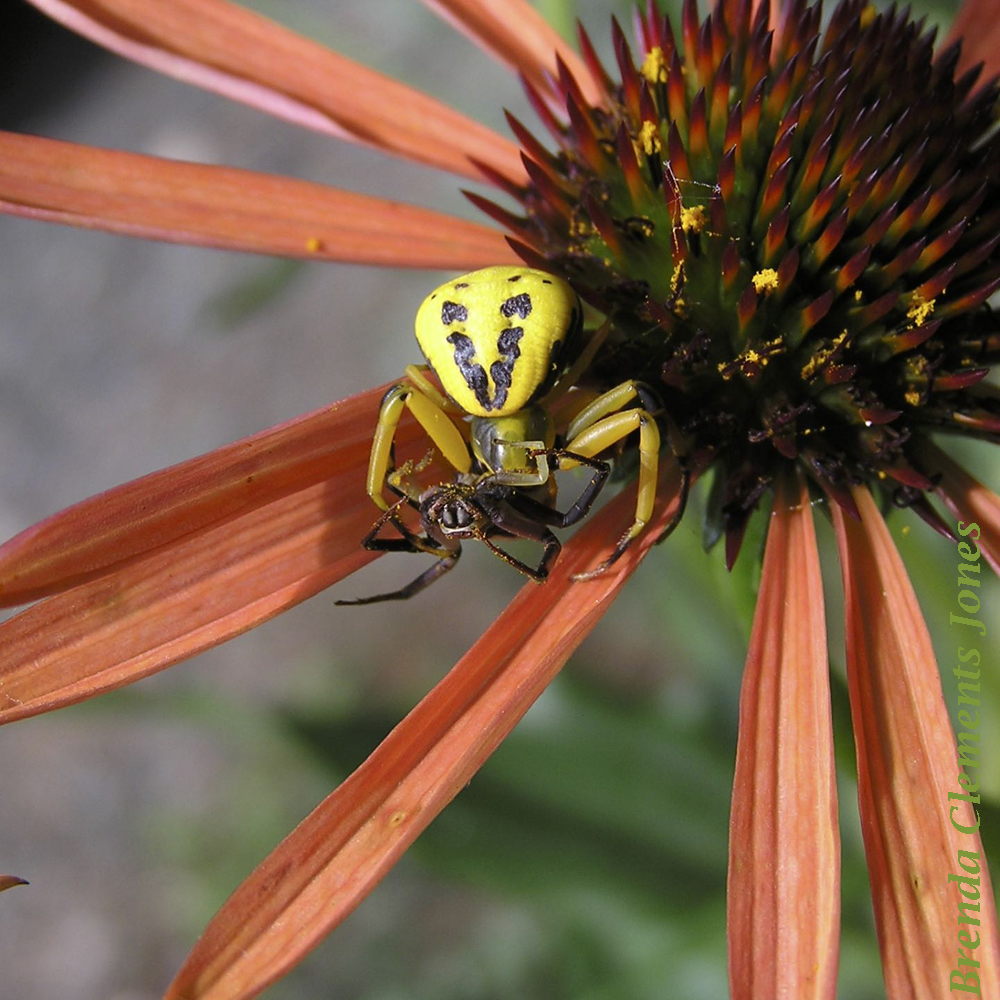
White-banded Crab Spider (Misumenoides formosipes). The body length of a female is about 1/4 inch to almost 1/2 inch. The body of a male is about 1/10 inch. The color of a female, who has the ability to change color – could be yellow, white or pale brown. That color will depend on where the spider…
-
Sleepy Orange
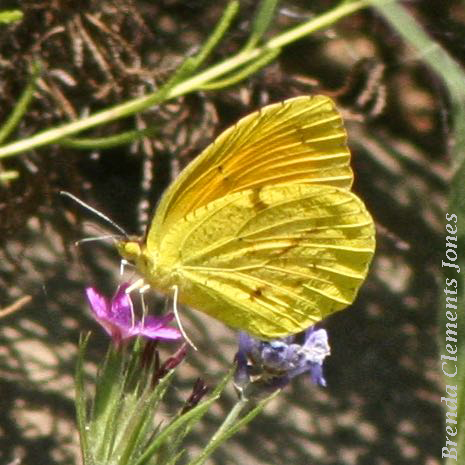
If only you could see the whole series of images that this one came from. The series is like a dramatic opera without music but so much movement! Butterflies love this flower, Tithonia rotundifolia. That’s the orange flower that caused the drama. I highly recommend it if butterflies bring you pleasure. An annual plant that…
-
Northern Walkingstick
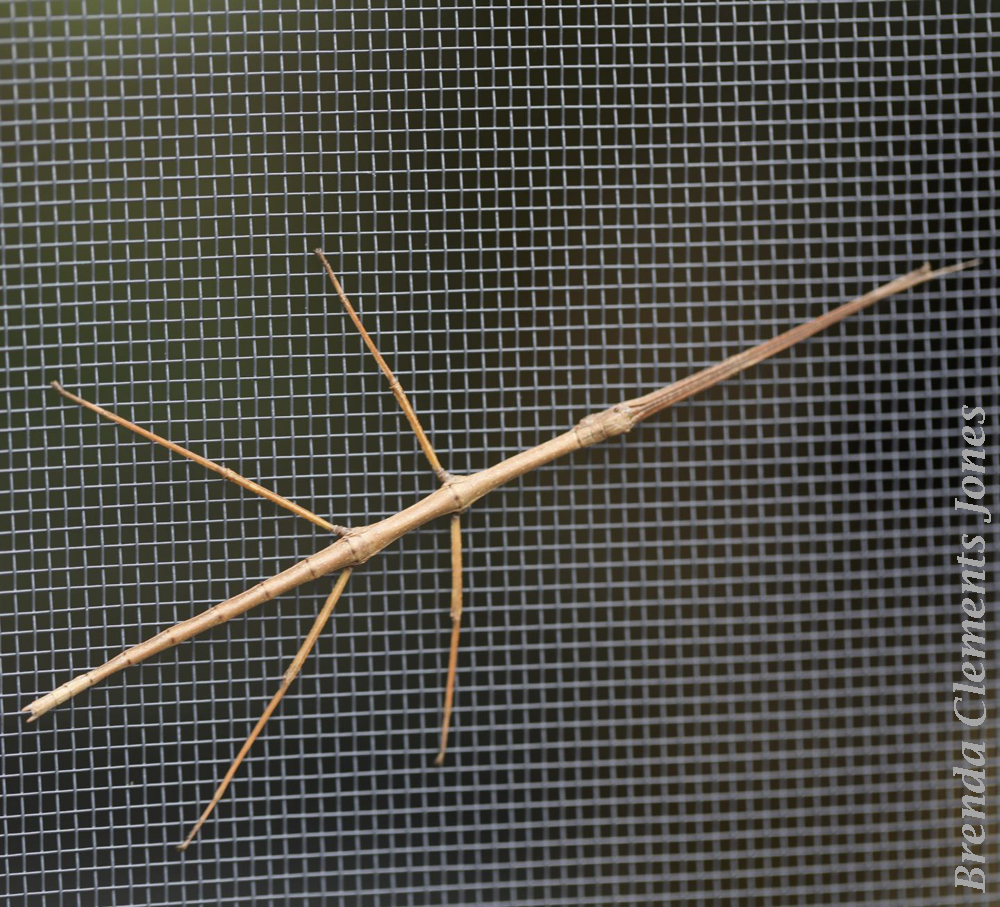
It wasn’t too long ago that I became aware there was an insect called a “walkingstick.” A creature that I would have marveled at as a child. During my growing up years I spent loads of time in the woods, but never did I see such a thing. I’m delighted now that I know about…
-
Lobelia inflata
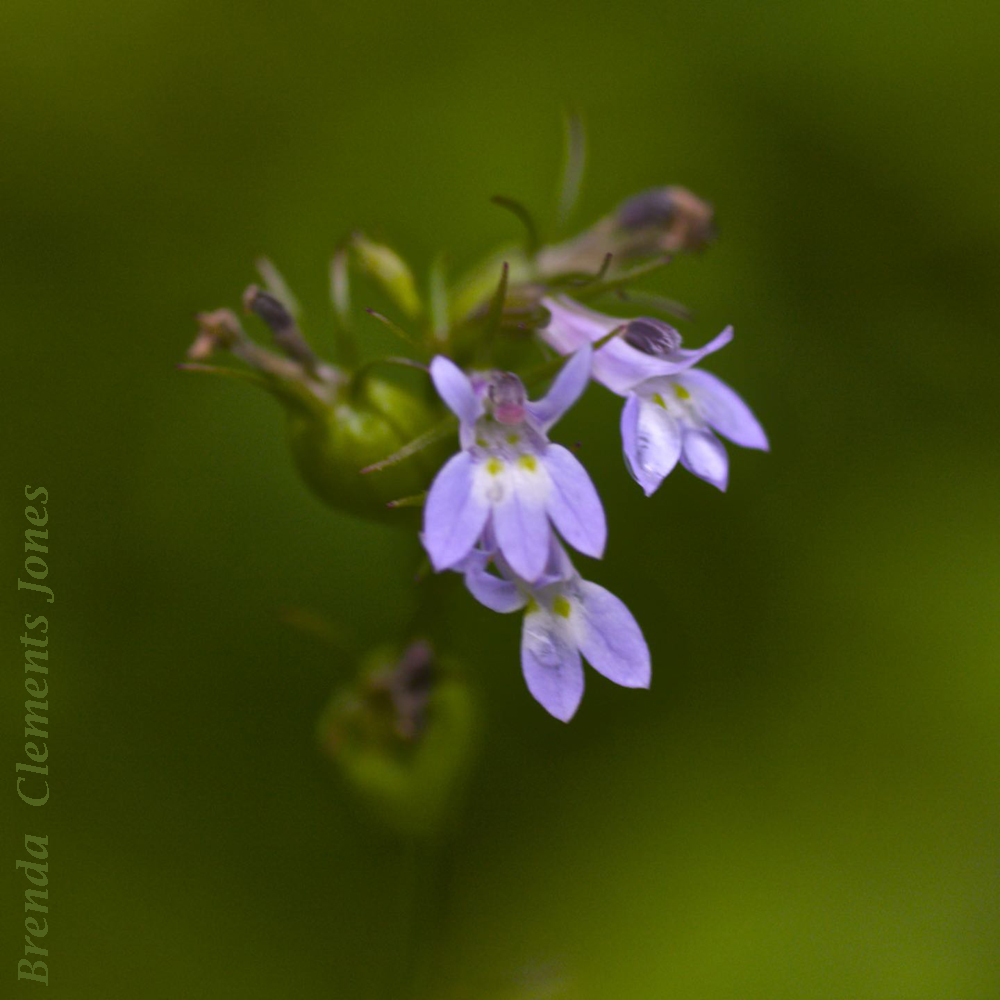
Incredibly tiny flowers that grow on slightly hairy stems. At just 1/3 inch long the flowers would be perfect for a dollhouse. Lobelia inflata flowers are a beautiful shade of pale blue-purple. Native to eastern North America. A bit of conflict on the Internet regarding whether Lobelia inflata is poisonous or not. More sites say…
